Cleanroom Face Masks: Your First Line of Defense Against Contamination
In the battle against invisible enemies, cleanroom face masks stand as silent, dependable warriors. Their role in maintaining sterile environments is critical, yet often underestimated. Discover how these essential tools protect both processes and products from contamination.
Understanding Cleanroom Contamination
At its core, a cleanroom's mission is to maintain a contamination-free environment, which is vital for industries where even the smallest particle can wreak havoc. From semiconductor manufacturing to pharmaceutical production, the stakes are high. A breach in protocol, such as a human error or a lapse in wearing proper attire, can lead to significant financial losses and safety risks.
Particles, invisible to the naked eye, float ubiquitously in air. Human bodies, a natural source of contaminants through skin flakes, sweat, and even breath, pose a significant risk. The challenge of maintaining aseptic conditions is monumental but essential for critical processes.
The Critical Role of Face Masks in Cleanrooms
Face masks serve as critical barriers between human contaminants and cleanroom environments, efficiently filtering out particles emitted through breathing or talking. Beyond their filter efficiency, they also minimize the risk of cross-contamination, effectively acting as a shield against human-generated impurities.
The importance of proper mask wearing cannot be overstated; it ensures both the wearer's protection and the integrity of the cleanroom environment. Compliance with mask protocols is not just a recommendation, but a strict part of cleanroom operations.
Types of Cleanroom Face Masks and Their Features
Cleanroom face masks come in various styles, each designed to meet specific environmental standards and applications. From tie-on masks that offer comfort for extended wear to ear loop designs that provide convenience for quick changes, the selection is vast. Material and filter efficiency also vary, with some masks incorporating advanced technology to achieve higher levels of particle filtration.
High-tech masks often feature non-woven fabrics that boost filtration effectiveness while ensuring breathability. Additionally, specialized masks designed for ultra-clean environments are treated to minimize particle shedding, further safeguarding against contamination.
Selecting the Right Face Mask for Your Cleanroom Needs
Choosing the correct face mask is critical, with factors such as cleanroom class, type of operations being performed, and personal comfort all playing a role. Standards vary, from basic protection in a Class 100,000 (ISO 8) cleanroom to the stringent requirements of a Class 10 (ISO 4) environment.
It's essential to understand not just the class of the cleanroom, but also the specific activities conducted within it. This knowledge helps in selecting a mask with the appropriate level of particle filtration without compromising on wearer comfort.
Proper Use and Handling of Cleanroom Face Masks
The effectiveness of a cleanroom face mask hinges not only on its design and material but also on how it's worn and handled. Training on proper donning, doffing, and disposal techniques is crucial to prevent accidental contamination.
In cleanrooms, the protocol for mask handling is as important as the mask itself. Touching the mask's surface, improper fit, or incorrect disposal can all negate its contamination control capabilities. Regular training and audits ensure that these protocols are followed, maintaining the cleanroom's integrity.
The Unsung Heroes of Contamination Control
Wearing the right face mask in a cleanroom isn't just about following a protocol; it's about ensuring the integrity of the cleanroom environment and the safety of the products being handled. It's a small step for a worker, but a giant leap towards contamination control. As the first line of defense against contamination, a high-quality cleanroom face mask is indispensable in the quest to maintain sterility and prevent contamination. Embracing their critical role is key to upholding the stringent standards required in cleanroom settings.
Contact CleanAir Solutions, Inc. for your next critical cleanroom project application needs at www.CleanRoomSpecialists.com, or reach out to their sales department via email: Sales@CleanroomSpecialists.com.

